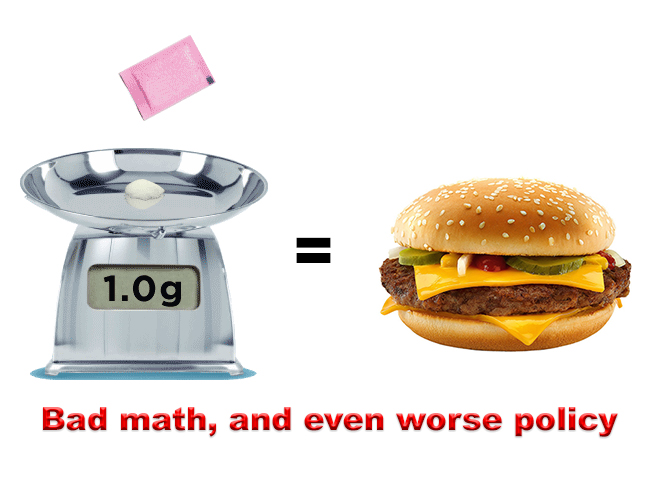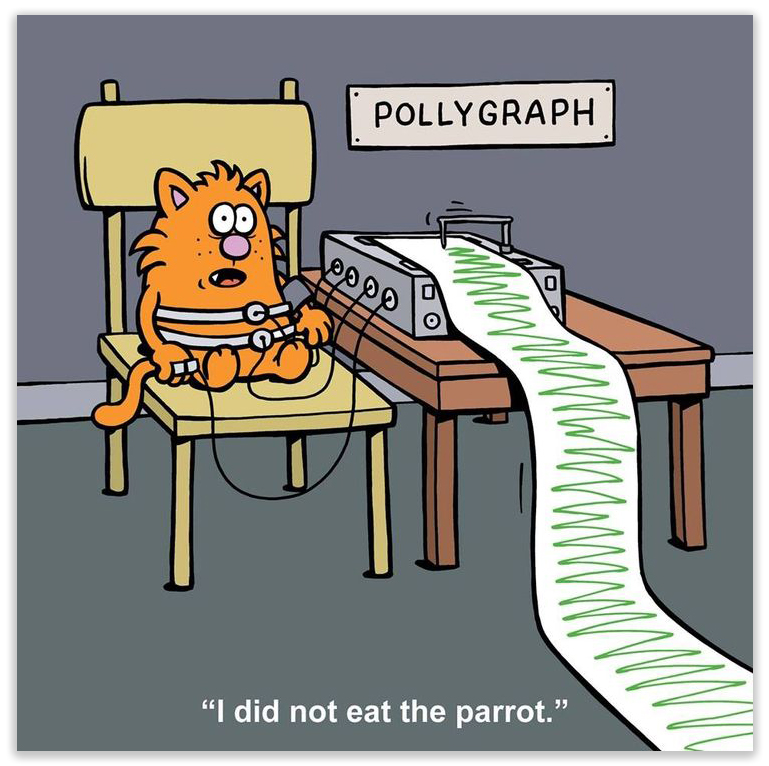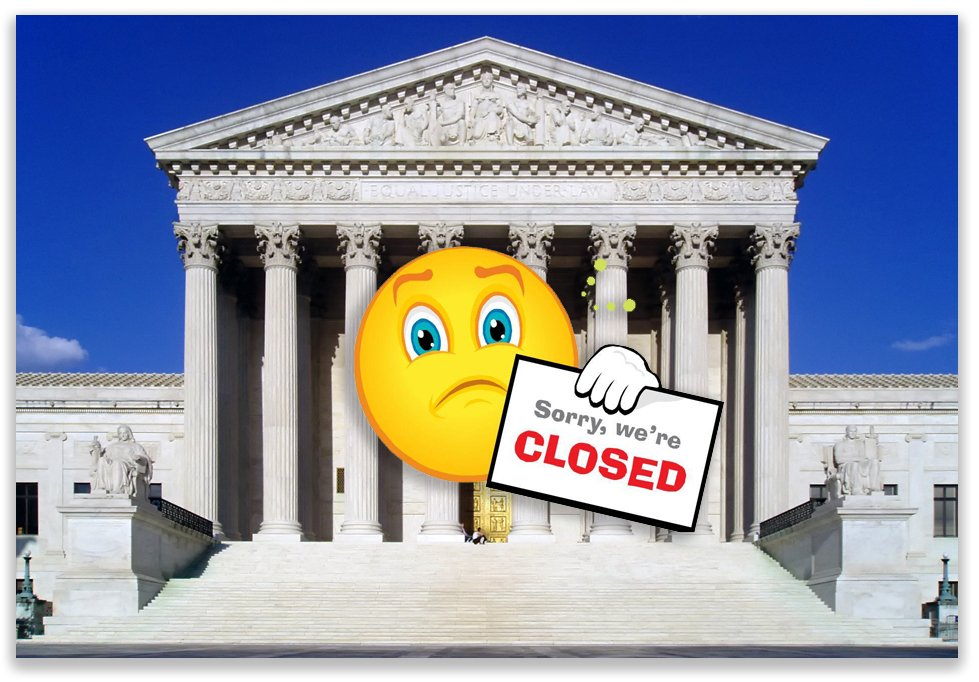We post news and comment on federal criminal justice issues, focused primarily on trial and post-conviction matters, legislative initiatives, and sentencing issues.

MOVING THE ‘STRUCTURAL ERROR’ CHEESE
Black letter law holds that for a 28 USC § 2255 petitioner to be entitled to relief, he or she must show (1) that a constitutional error occurred and (2) that the error was prejudicial. Absent the error, would the trial result likely to have been different? In other words, there may be a constitutional error but if the error was harmless, the petitioner gets nothing for it.
 Some errors, however, are deemed to be “structural.” In today’s case, the 10th Circuit described a structural error as an error so egregious that it “def[ies] analysis” under the typical harmless-error standard. Structural errors “affect the framework within which a trial proceeds,” meaning that the trial’s “reliability in serving its function as a vehicle for determination of guilt or innocence” has been irreparably compromised.
Some errors, however, are deemed to be “structural.” In today’s case, the 10th Circuit described a structural error as an error so egregious that it “def[ies] analysis” under the typical harmless-error standard. Structural errors “affect the framework within which a trial proceeds,” meaning that the trial’s “reliability in serving its function as a vehicle for determination of guilt or innocence” has been irreparably compromised.
For that reason, defendants subjected to structural error are entitled to a remedy even without having shown prejudice.
Obviously, any time an error can be deemed structural, it amounts to a “get-out-of-jail” card for the defendant. The prisoner doesn’t have to prove the error made any difference in the outcome, just that there was an error.
 But structure errors are birds of rare plumage. It’s easier listing what errors have been deemed structural than those that are not. The Supreme Court has determined that structural errors include the admission of a defendant’s guilt over his objection, the deprivation of a defendant’s right to counsel of his choice, giving a jury an incorrect reasonable-doubt instruction, excluding jurors of a defendant’s same race, the denial of the right to a public trial, denying a defendant the right to proceed pro se, the denial of an impartial judge, the complete or constructive denial of counsel, and the utter inability of any attorney to be effective under the circumstances.
But structure errors are birds of rare plumage. It’s easier listing what errors have been deemed structural than those that are not. The Supreme Court has determined that structural errors include the admission of a defendant’s guilt over his objection, the deprivation of a defendant’s right to counsel of his choice, giving a jury an incorrect reasonable-doubt instruction, excluding jurors of a defendant’s same race, the denial of the right to a public trial, denying a defendant the right to proceed pro se, the denial of an impartial judge, the complete or constructive denial of counsel, and the utter inability of any attorney to be effective under the circumstances.
In 1995, the 10th Circuit held in Shillinger v. Haworth that intentional and unjustified government intrusions into attorney-client communications constitute structural error that requires a conclusive presumption that the defendant had been prejudiced, regardless of the evidence of harm.
Shillinger fit Steven Hohn like a glove. A recording of one of his attorney calls had been hoovered up by the Kansas U.S. Attorney’s Office with many others in a scandal that resulted in a federal prosecutor losing her job. Steve filed a 28 USC § 2255 motion, like many others had done, relying on Shillinger’s holding that prejudice had to be presumed.
 Then the 10th Circuit moved the cheese. In an en banc decision, the appellate court ruled that Shillinger was wrongly decided, and – stare decisis or not – it needed to be abrogated.
Then the 10th Circuit moved the cheese. In an en banc decision, the appellate court ruled that Shillinger was wrongly decided, and – stare decisis or not – it needed to be abrogated.
Mere government intrusion into the attorney-client relationship doesn’t violate the 6th Amendment unless the intrusion substantially prejudices the defendant, the Circuit ruled, and therefore, a violation can’t be established without a showing that there is a realistic possibility of injury to defendants or benefit to the State as a result. While prejudice should be assessed under a rebuttable presumption in the defendant’s favor, putting the burden on the government to disprove any prejudicial effect from its actions, still there must be prejudice.
Because Steven had not suffered any prejudice, his § 2255 motion failed.
United States v. Hohn, Case No. 22-3009, __ F.4th __. 2024 U.S. App. LEXIS 31865 (10th Cir., December 16, 2024)
Shillinger v Haworth, 70 F.3d 1132 (10th Cir. 1995)
Kansas City Star, Did Kansas feds improperly listen to calls? 85 times, prosecutor wouldn’t tell judge (May 16, 2018)
– Thomas L. Root









